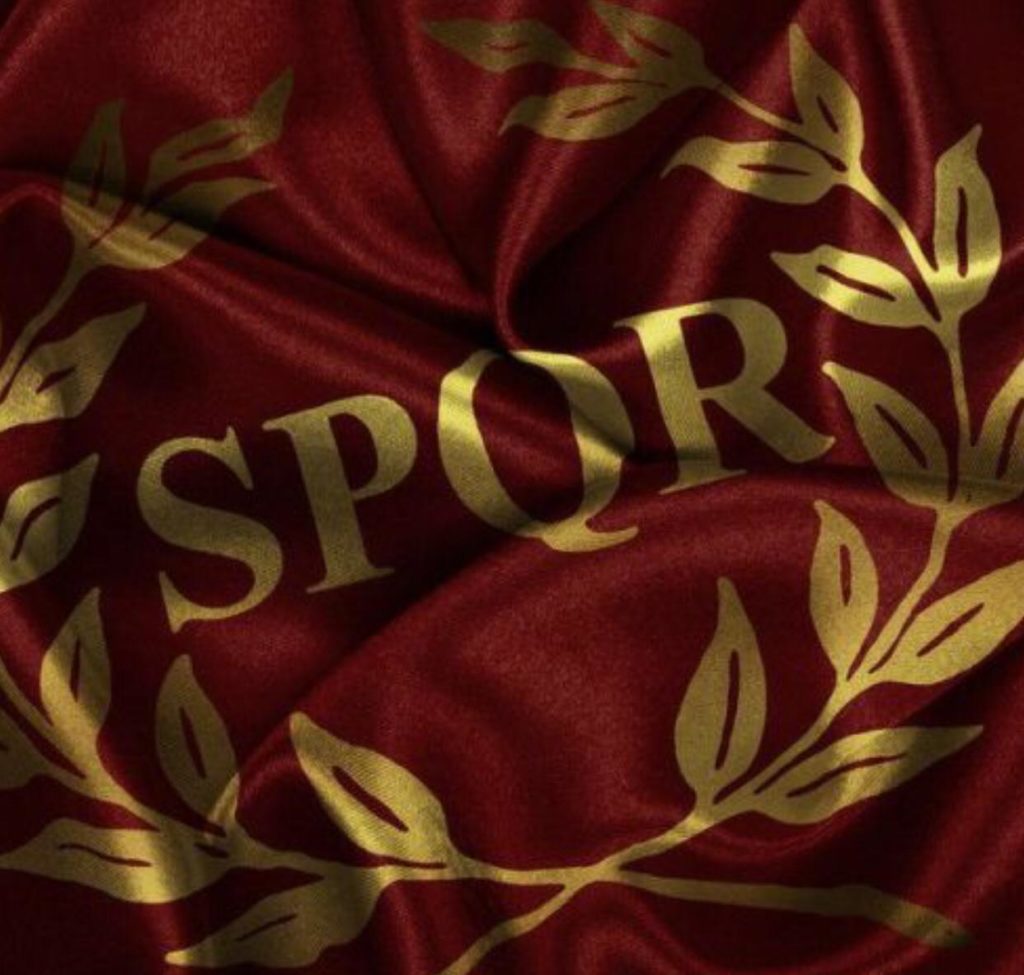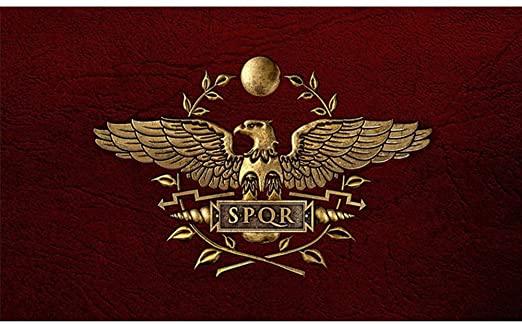Birth of the Republic of Rome

With the expulsion of Tarquinio the proud, the era characterized by the seven kings that began with the foundation of the city by Romulus in 753 BC ends for Rome.
Almost 300 years have passed since that date and Rome constitutes the first government of the people declaring the Republic, it is 509. Generally, if you open a history book you quickly pass from the founding of Rome to the exploits of Julius Caesar and made some reference to battles or known facts, this period of the history of Rome is abundantly neglected which will instead end after almost 500 years of government in which bloody civil wars, attacks and fundamental historical battles will be faced, the period in which Rome exits the Mediterranean basin, pushing itself with hunger for conquest almost everywhere, crossing the Alps and docking in Africa.
In fact, if we look at a geographical map of the territories that belonged to the republic of Rome in 44 BC, we note that the conformation of the conquered provinces is almost identical to that of the imperial period. The cornerstones of the Roman republic, which will go down in history with the famous epithet S.P.Q.R, were substantially three.
The judicial power was held by the Consuls, elected with an annual office, while the religious power was held by the Pope Maximus, although gradually with the increase of the territories to be controlled other positions were needed such as:
builders, censors, tribunes of the people.
The second pillar of the republic of Rome were the popular assemblies, for example the consuls voted.
The third pillar was the Senate, made up of 300 members, partly from Patricians and partly from former consuls.

But the history of the republic opens with great internal conflicts, between the patricians and the plebs, and with continuous attacks by the surviving Etruscans who want to return to the city and the Latins who continue to try to conquer Rome. At the end of a battle in which Rome comes out victorious, an agreement will be stipulated with the Latins which provides for the exemption from paying taxes as a province but the obligation to participate in every battle as an ally of Rome if requested. The conflict between patricians and plebeians ends instead with the creation of the figures of the tribunes of the plebs. In 459 BC, ten years after the expulsion of Tarquinius the Superb, a census ordered by the consuls in office counts 117,319 inhabitants.
